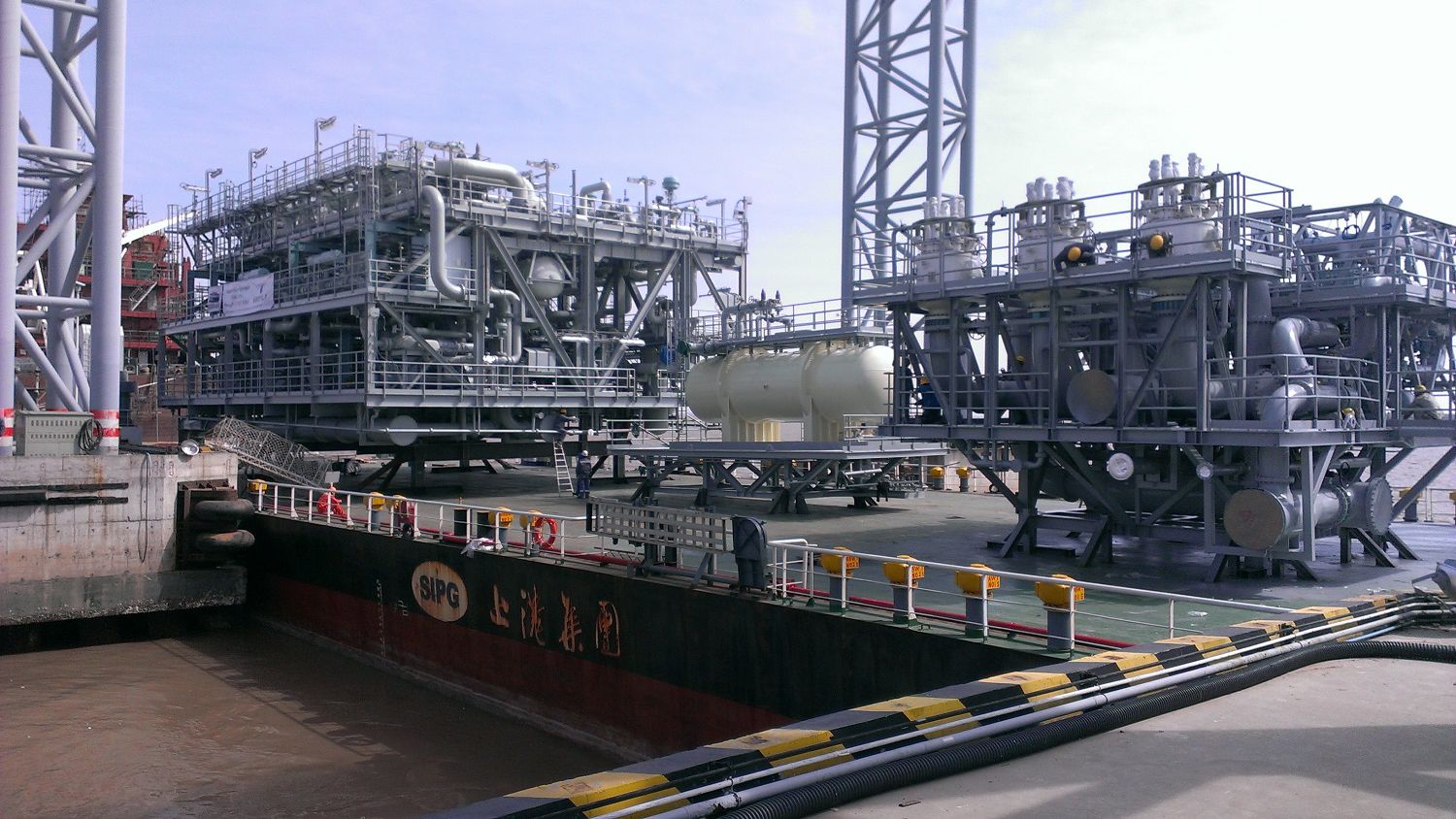W?rtsil? Wins Two More Regasification Module Contracts for LNG Vessels

South Korean shipyard Hyundai Heavy Industries (HHI) has placed two important contracts with Wärtsilä for seawater/propane based regasification modules. The systems are to be installed on FSRU (Floating Storage and Regasification Unit) vessels owned by Höegh LNG, the Norway based leading owner and operator of floating energy solutions, and by Russian energy company Gazprom. The contracts were signed in July. There is also an option for a further contract from HHI for another Höegh vessel that is valid until December of this year.
Both regasification systems are modularised for easy installation. They will also be supplied with seawater filter and steam/seawater heating modules. The system to be supplied for Gazprom will be winterised so as to be capable of operating in ambient temperatures as low as minus 30°C. The use of Printed Circuit Heat Exchangers and Plate Heat Exchangers enables the systems to be far more compact and lighter than alternative solutions. By utilising seawater for heating, CO2 emissions are far less than solutions using steam heating.
"Wärtsilä has a major share of the large energy demand market, which is a direct result of the reliability and efficiency of our systems. The global demand for LNG is rapidly increasing, and Wärtsilä's experience and expertise throughout the entire LNG value chain is a key factor in the marine sector's adoption of gas based technologies," says Timo Koponen, Vice President, Flow and Gas Solutions, Wärtsilä Marine Solutions.
Wärtsilä's portfolio of LNG regasification technologies represents an industry benchmark in terms of energy efficiency, robustness, and operational flexibility.
Wärtsilä has delivered and commissioned numerous floating LNG regasification plants based on either closed loop regasification technology, using steam with water/glycol as the intermediate heating medium, or open loop regasification technology using seawater with propane as the intermediate heating medium.
The company has also delivered modularised regasification plants for jetty installations. These facilitate a much shorter construction time compared to conventional land based LNG regasification terminal projects.
Regasification
Regasification is a process of converting liquefied natural gas (LNG) at -162 °C (-260 °F) temperature back to natural gas at atmospheric temperature. LNG regasification plants can also be located on land as well as on floating barges. Floating barge mounted plants have the advantage that they can be towed to new offshore locations for better usage in response to changes in the business environment.
The products and services herein described in this press release are not endorsed by The Maritime Executive.
